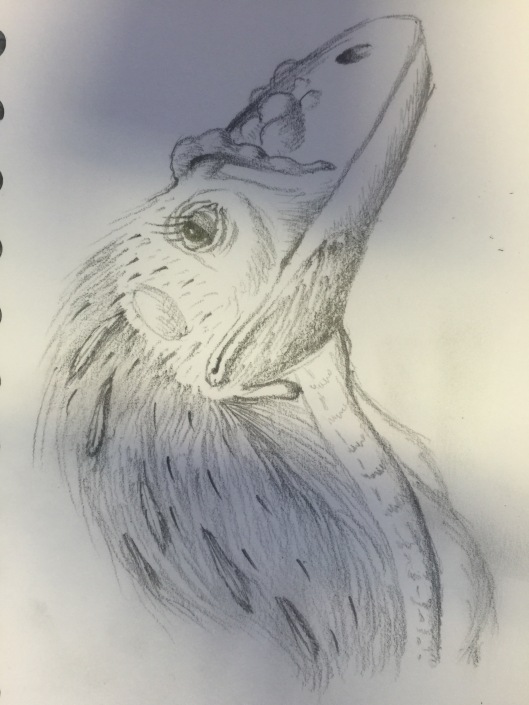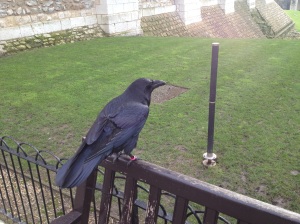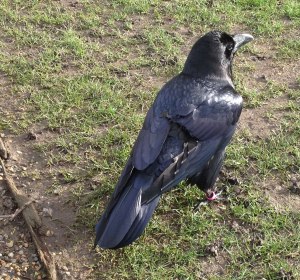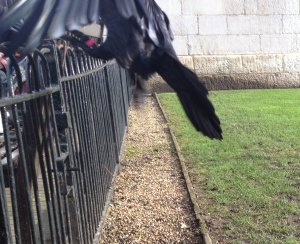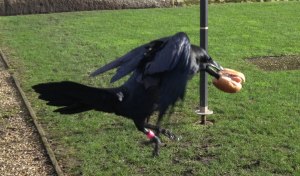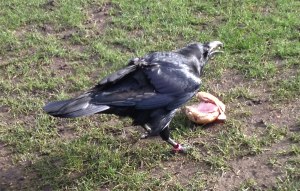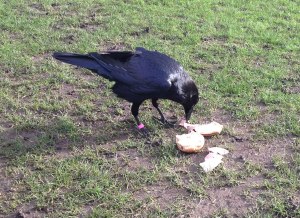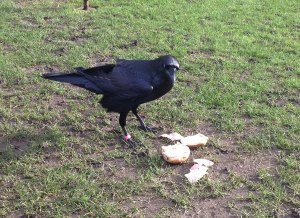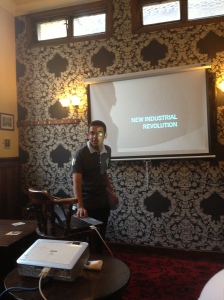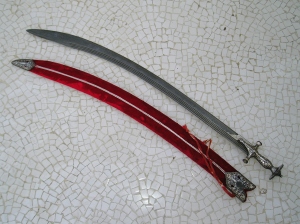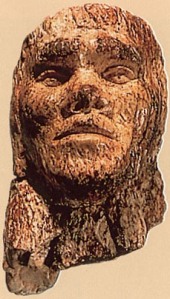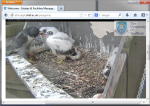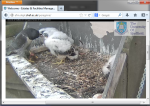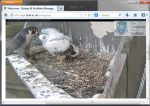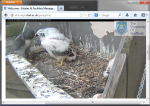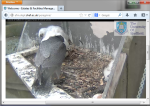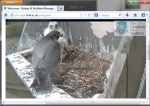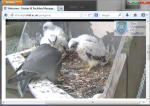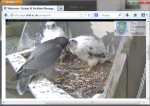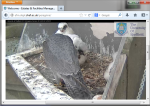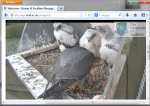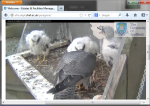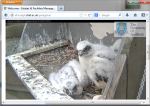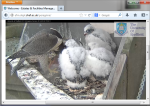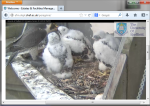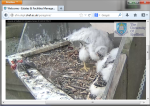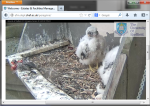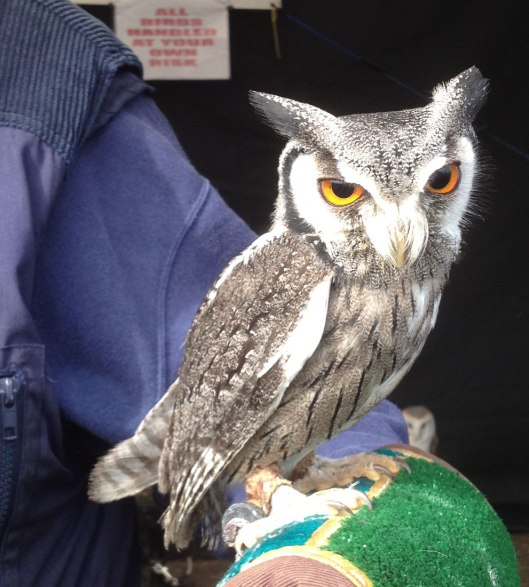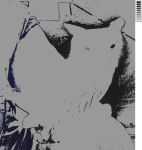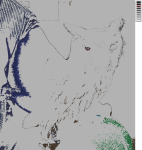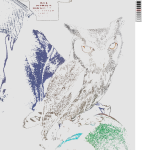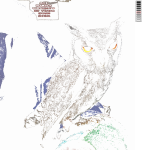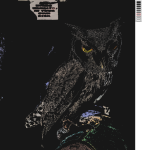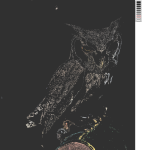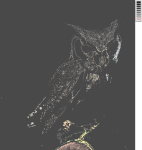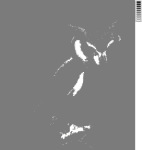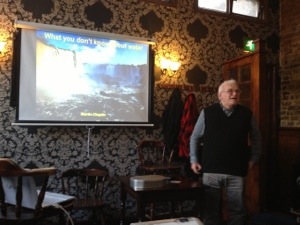It’s 1993. 15-year-old me walks through a suburban Sainsbury’s supermarket, eyeing the lacklustre selection of paperbacks: A Jilly Cooper novel; a biography of Ian Botham; … Something with a dinosaur on the cover?! I pounce. It’s a novel about dinosaurs brought back to life and the opening chapter has an evisceration in it! This Michael Crichton fellow had taken my most frequent dreams and brought them to life on the page. My excitement continued to grow when I discovered that there was a film due out soon. I followed avidly as the rest of the world got caught up with me in “Dino Fever”, as Film 93 called it. I watched every documentary about the science of Jurassic Park, built dioramas of the dining area out of card and made illustrations of all the imagined views from the security cameras. In short, I immersed myself in Crichton and Spielberg’s world and did so for the first two and a half films.
The dinosaurs were pretty great for their time. It was the first time that dinosaurs had been portrayed as warm-blooded like a bird or a mammal. This was a subject that had been published in popular science books as early as 1975 but the public’s perception hung on to the image of them being “too slow and stupid to survive”. Were the general public ready to have that perception shattered and replaced by a new one, full of agile, intelligent animals? Apparently so. The brand took off and it gained a huge following. Were there problems with the dinosaurs? There was the rather curious decision to portray Dilophosaurus as a small, venomous reptile with an expandable neck frill. The actual Dilophosaurus was a lot larger than that and there is no evidence that it was venomous. This was pure artistic licence. The film portrayed bird-like dinosaurs descending from reptiles, why not have a less well-known early dinosaur decked out with a silly neck frill based on a living reptile?
During filming of the Lost World, new evidence came to light that a household favourite – Stegosaurus – had throat armour. The Jurassic Park post-production team edited their model of the Stegosaurus to reflect that research! This was how committed the franchise was to realism and accuracy. Yes ultimately they are making a monster movie and there are times when you have to suspend your disbelief and say ok, these velociraptors are bigger than in real life (fox-sized) but maybe they’re just misidentified Utahraptors (a little bigger than the film villains).
Cut to this month: we have a new film coming out. There has been a ton of fresh dinosaur research since the early 90’s and the expectation had been that this new research would be, at least in part, incorporated into the film. That all ended in 2013 with this tweet from new director Colin Trevorrow:
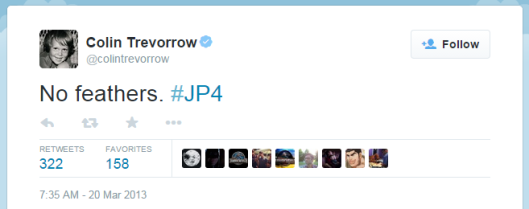
Jurassic World director’s message to the real world.
It sent a pretty clear message: rather than take what we don’t know about dinosaurs and embellish, as with the Dilophosaurus, this film was heading towards taking what we do know and throwing it away. Feathers have been a recognised feature of many theropod dinosaur specimens now and Velociraptor sits right in the middle of the family tree that has yielded the most feathery specimens.
Some reasons offered to explain the absence
1. “We must maintain canon” It’s a fair point. The Jurassic Park storyline is based on a world in which velociraptors have already been brought back to life and those velociraptors were bald. To add feathers now would be like replacing Daario Naharis’ face in Game of Thrones with a different actor’s and carrying on as if nothing happened… Oh, wait.
The Jurassic Park franchise started to give a hat-tip to the feather issue in the third film when they added quills to the heads of their velociraptors. From what I can tell there was minimum fuss made about the inconsistency. If you take a look at the velociraptor page on the official Jurassic World website, you will notice that those quills have suddenly disappeared too. The inconsistency is already well established, why not keep it accurate?
There is also reason to believe that the Stegosaurus models have taken a step backwards in quality too from the ones featured in, IMO, the best scene in Lost World. Will wait for the film to actually confirm this but, if true, it’s another break in the JP canon to the detriment of accuracy.
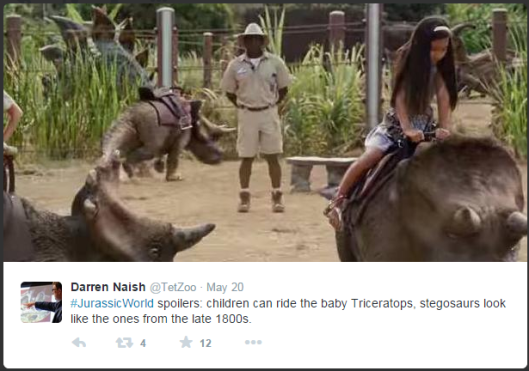
The potentially canon-breaking Stegosaurus
2. “Small things are fluffy; big things are bald”
Let’s forget for the moment that Velociraptor itself has recognised quill knobs where primary feathers attached to the fore arm and pretend we’re calling the over-sized movie velociraptor a Utahraptor. Some argue that these animals may have been bald while smaller theropods such as the real Velociraptor were feathered. The idea being that mammals are generally fluffy when small and bald when large (e.g. Elephants). There’s a problem with that: real species that were larger than the movie Velociraptors have also been found with a fluffy covering – an example being China’s fluffy Yutyrannus. Furthermore, the closest living analogy in size, behaviour and aggression to a movie velociraptor – the Cassowary – is fully feathered, so being that big does not present a temperature retention problem for that size of animal. Nor should we assume that a larger animal like Tyrannosaurus was bald either: due to their complex structure, feathers do not have the same overheating issues as hair. Africa’s ostrich is a good example. A mammal that wildly fluffy would have serious overheating problems in those equatorial climates but feather vanes have a blood supply, so they can be used to shed heat in ways that fur cannot. Finally, you would need to ignore the Jurassic Park compsognathus to make that explanation hold water.
3. “Feathered dinosaurs are silly, not scary”
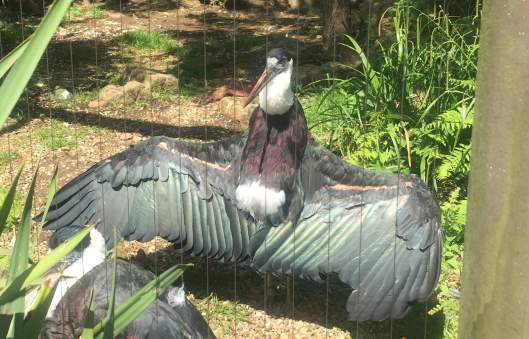
A woolly-necked stork letting it all hang out.
Some birds do look a tad daft, I’ll give you that. silly and scary are not mutually exclusive though: The Eurasian eagle owl is a fluffy pair of binoculars that can tear out the hearts of foxes with ease – that’s absurd and scary! The movie dilophosaurus: very silly-looking but still more than a match for Dennis Nedry. I would much rather the disrespectful kid in the opening scene of the first film had something substantial to mock and be afraid of than just have it thrown out there as a plot device with no convincingly bird-like velociraptor to back it up.
4. “The managers of the park don’t care about realism” This actually is the most believable way to excuse the whole thing. If the technology existed to clone a dinosaur and that technology had made its way through the many ethical controls placed on genetic research, you’d better believe that the same people who run today’s theme parks would be all over it. People like the good folks at Universal Orlando and their… interesting rendition of Velociraptor (see image below).

Universal Orlando’s Velociraptors
If the Universal Orlando guys know they’ll get visitors on minimal effort, so too will the guys who run Jurassic Park. It’s a shame that it takes more work to reverse engineer an animal without certain features it started out with but perhaps – like the guys who make the films – they believed that more people would relate to their plucked dinosaurs than to realistic ones and went out of their way to make them.
Whichever explanation I use to try and suspend disbelief, eventually I come back to feeling that, somewhere along the way, the Jurassic Park franchise has let me as a fan down and their reasoning sounds for all the world like they did it because of their other fans. They can’t please everybody all of the time but surely it’s better to maintain the standard of striving for accuracy that they used to uphold, please half of the people and educate the other half than just please half of the people. They have said they are not a documentary – and they’re right – but they still reach a greater audience than most documentaries could ever hope to and with that comes a massive responsibility. How many millions of people only know words like “Dilophosaurus” and “Gallimimus” because they watched Jurassic Park?
How many of those look no further than the park for information about those animals? If that information is wrong, they stay misinformed. How many people will play the Jurassic World game on the App Store and come away thinking that crocodiles are amphibians and that “amphibian” and “pterosaur” are both types of dinosaur?
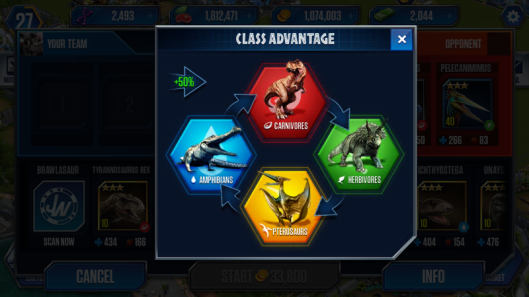
A blatant disregard for quality control
Of course the science communication folks will use the film hype to engage with people about the real life stars of Jurassic World (except the completely fabricated Indominus rex who never existed) but it shouldn’t be necessary to the extent that it is. Can you imagine Physics communicators having to run behind the media hype of The Theory of Everything and explain that actually Stephen Hawking’s PhD wasn’t in Heliocentrism? It would be pointless to get that wrong just as it’s pointless to pluck our dinosaurs and clothe them how their distant ancestors may have looked.
Jurassic World’s director responded to massive fan Gerald Lynch‘s unhappy blog, about the invention of a new dinosaur rather than utilising all the amazing real dinosaurs out there, and promised he would win him over. A small part of me hopes he will win me over too. I shall be watching the film of course but I am dreading it and excited in equal measure.


